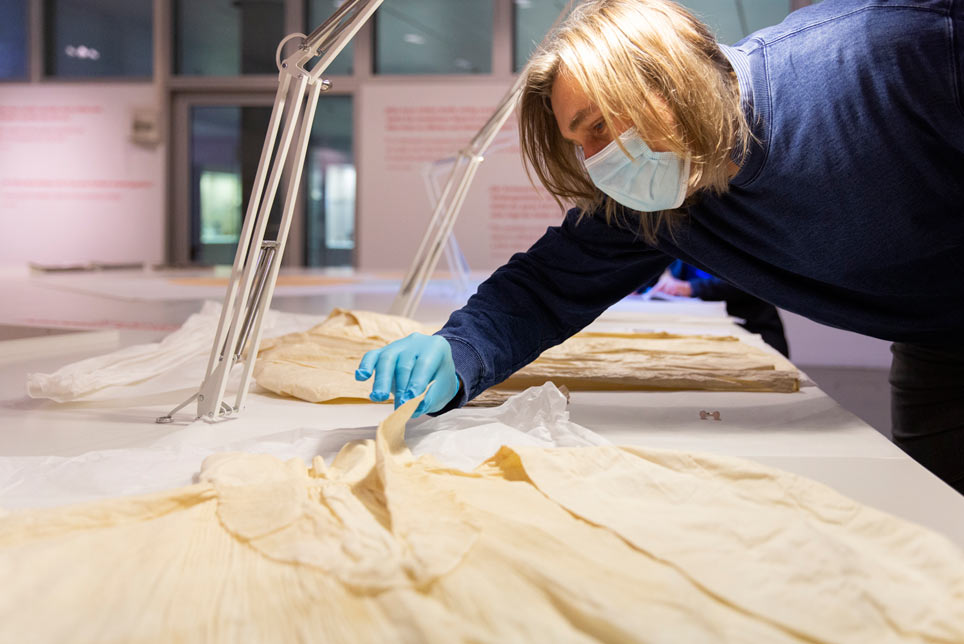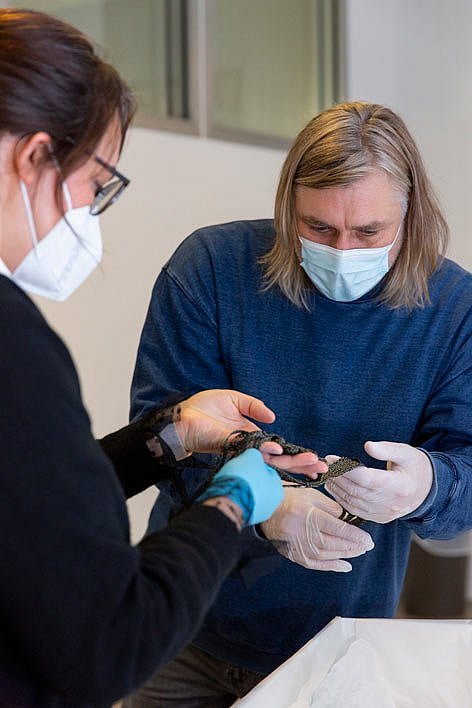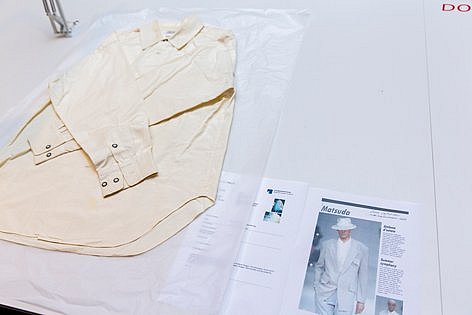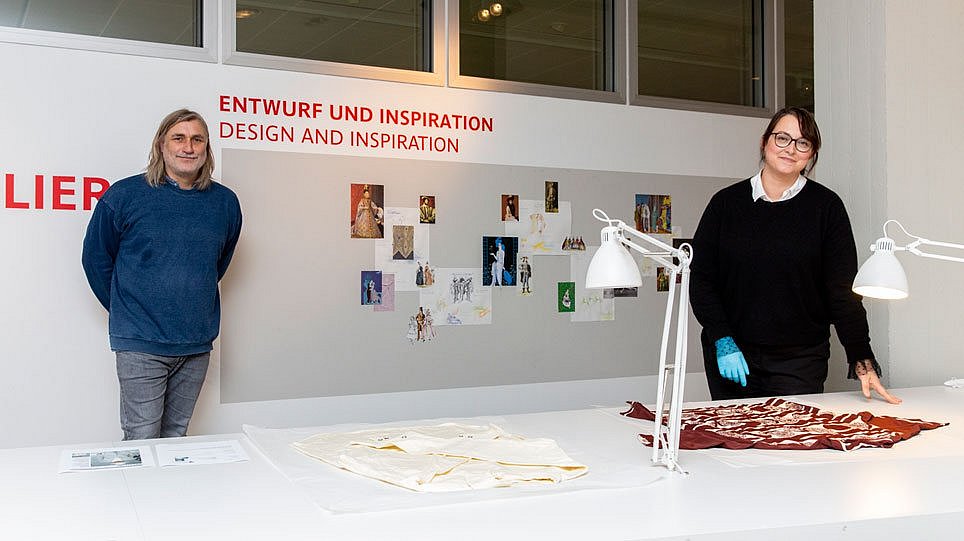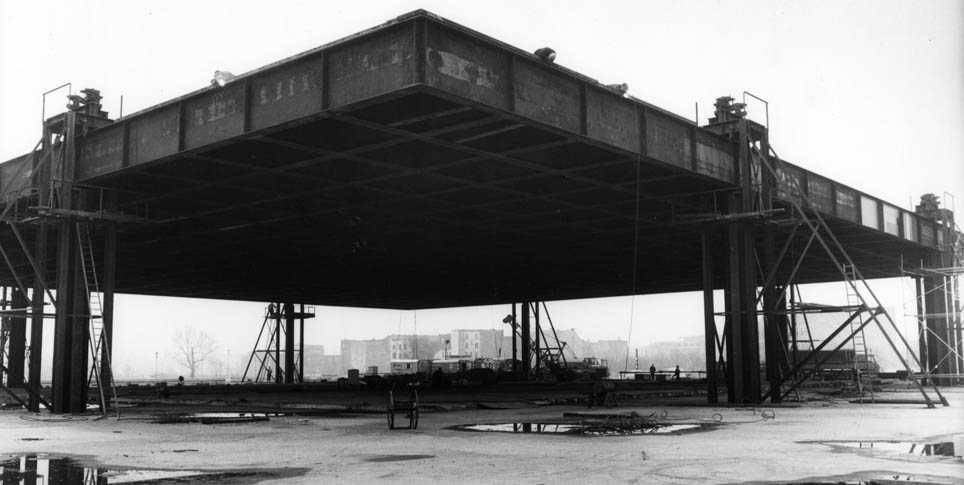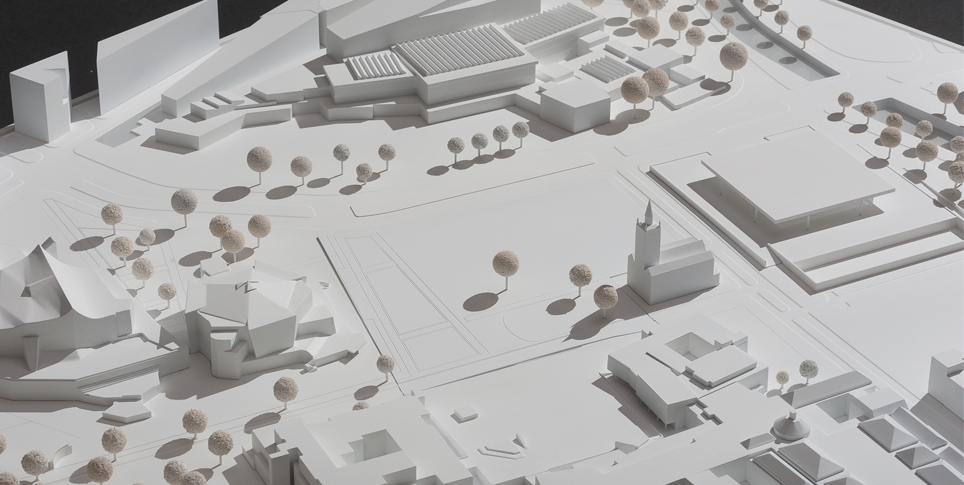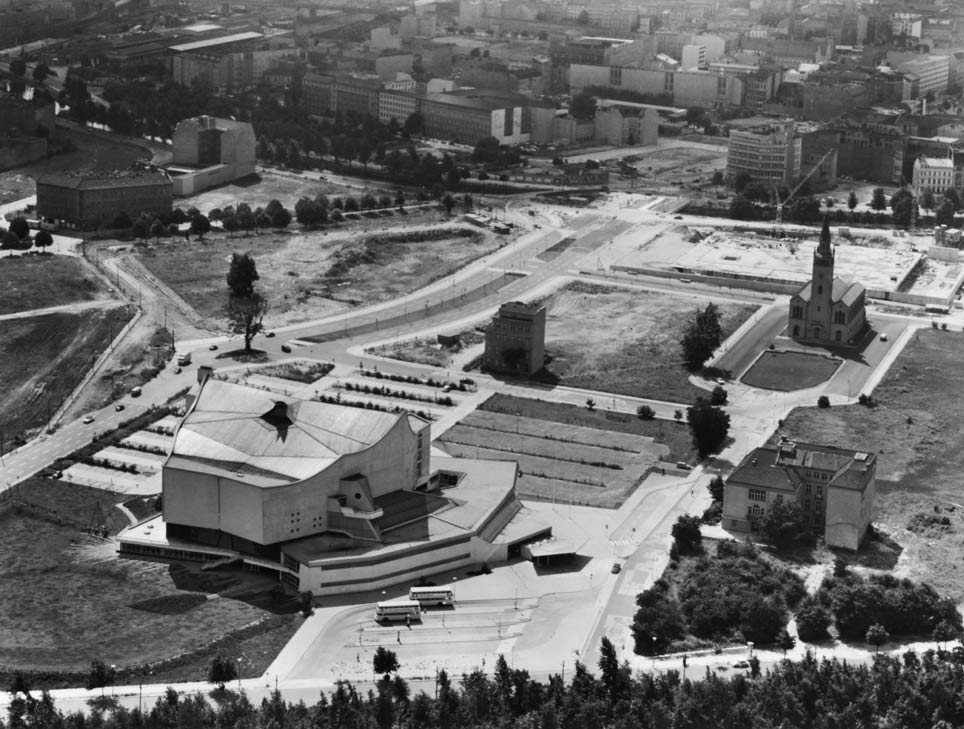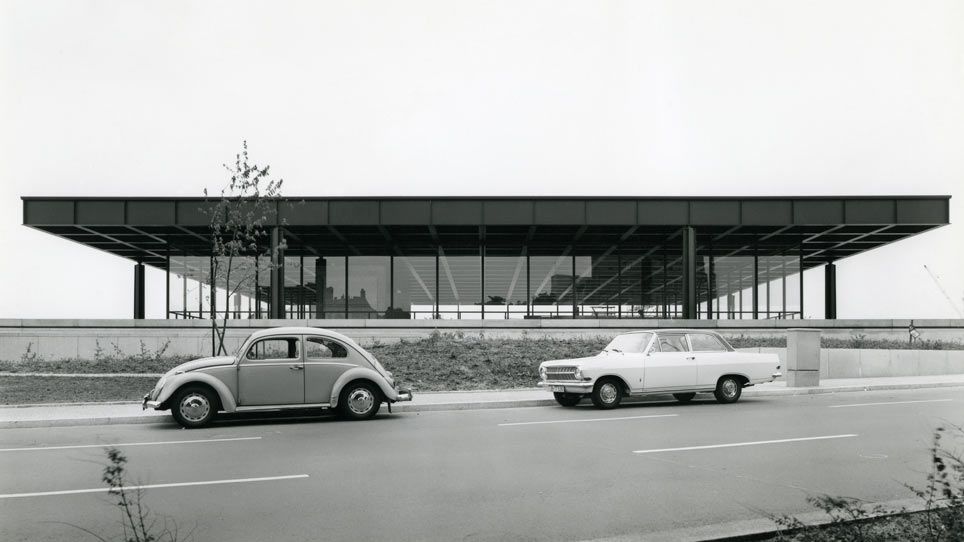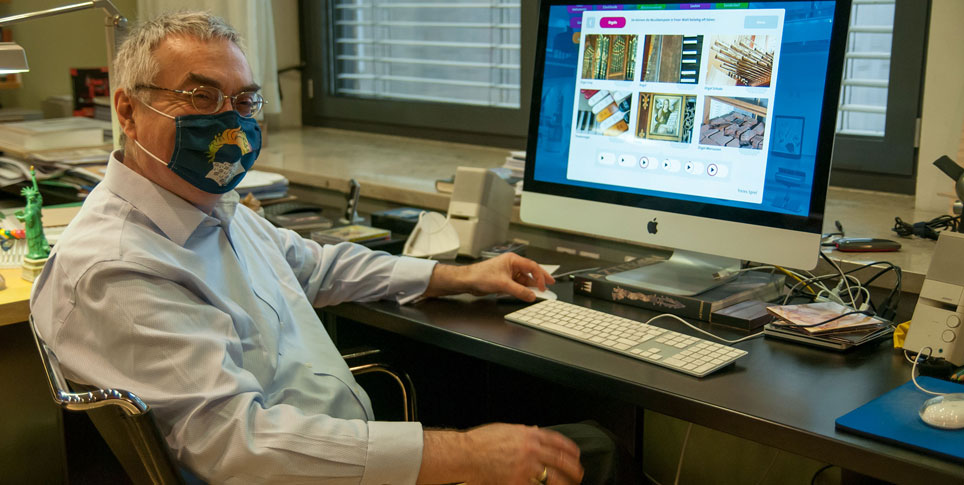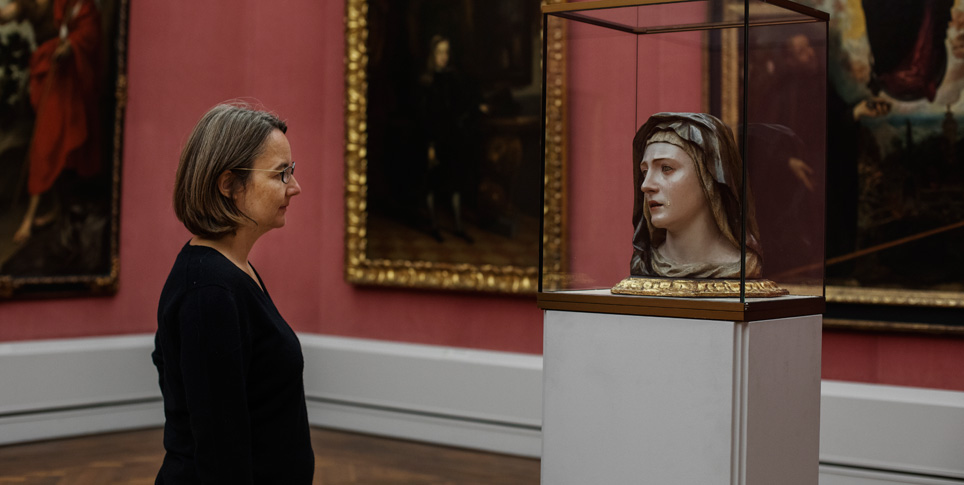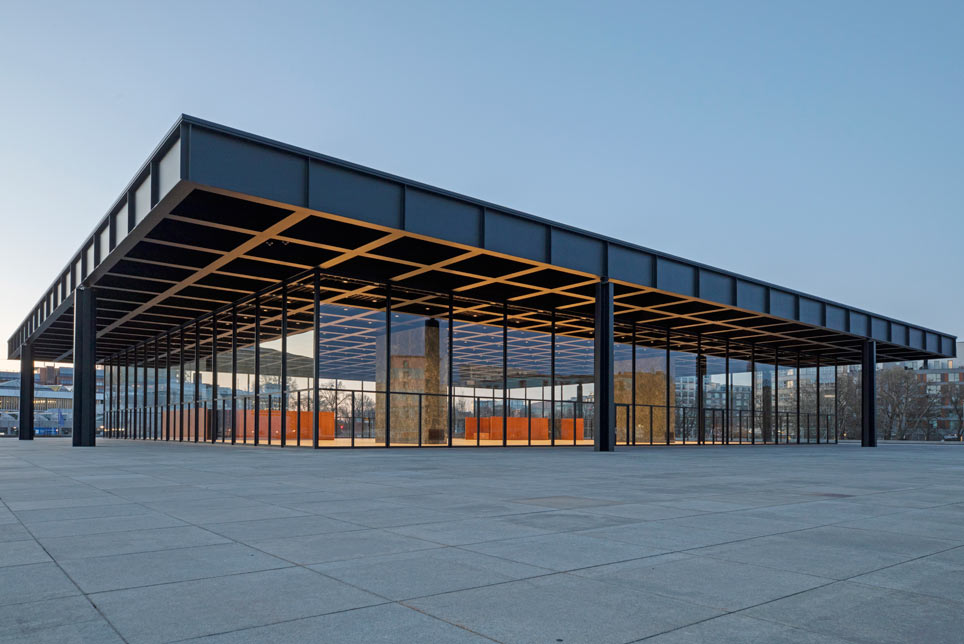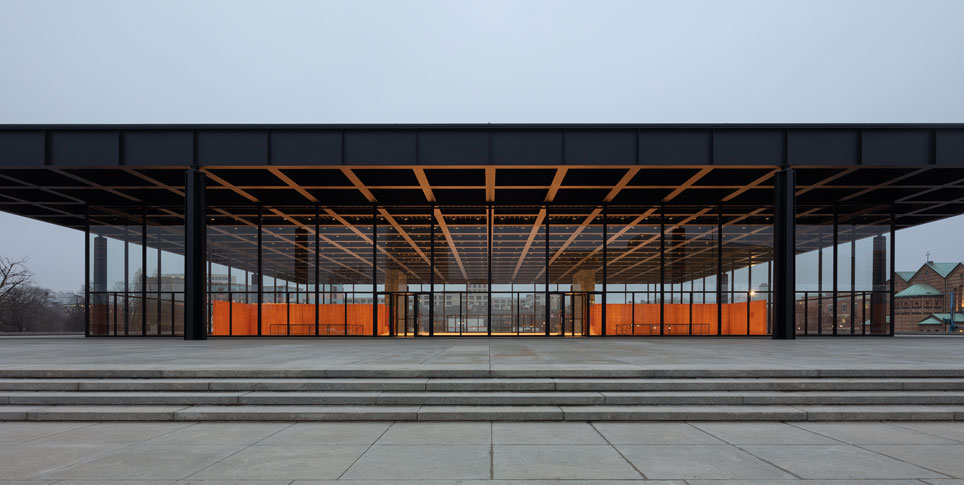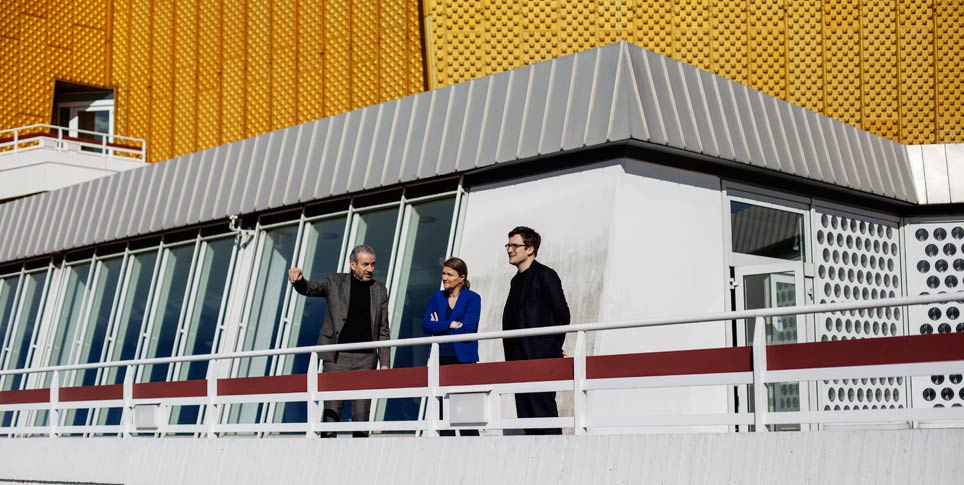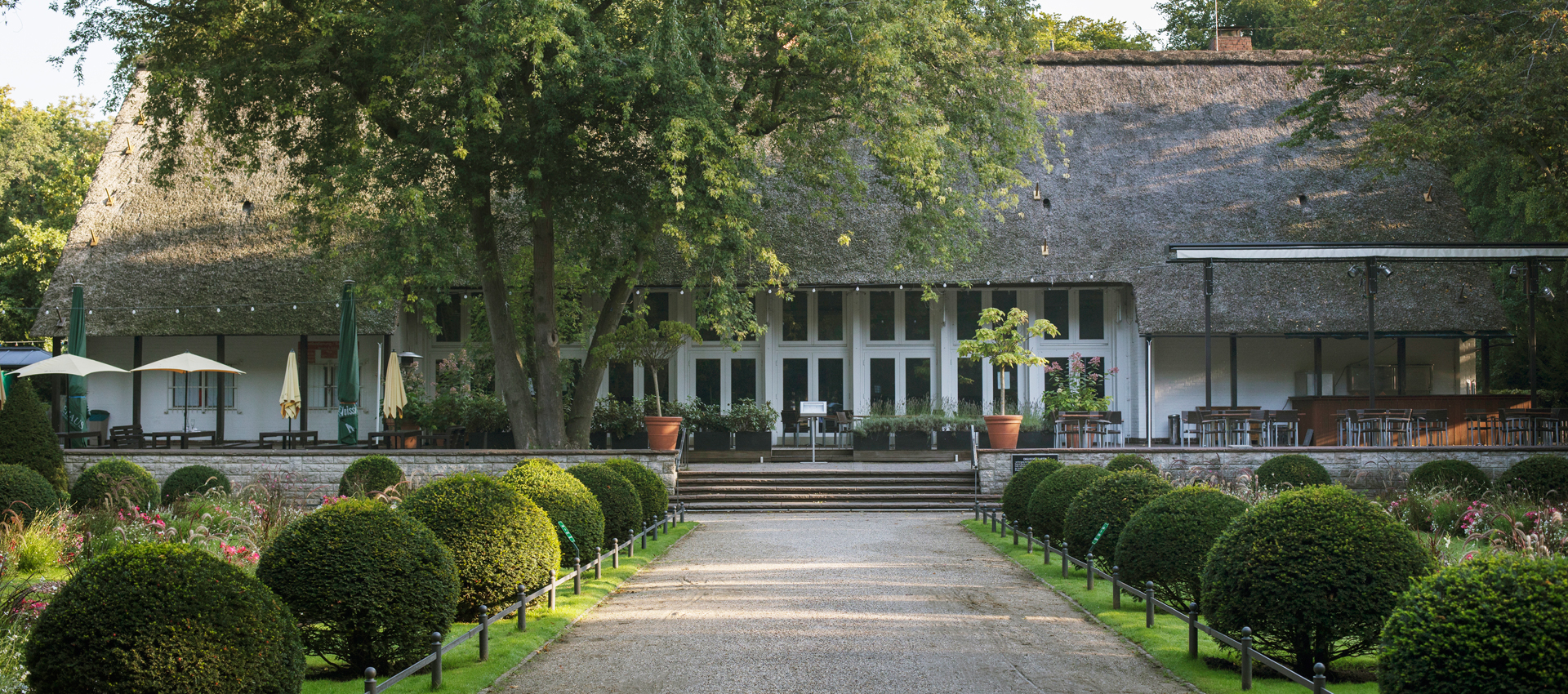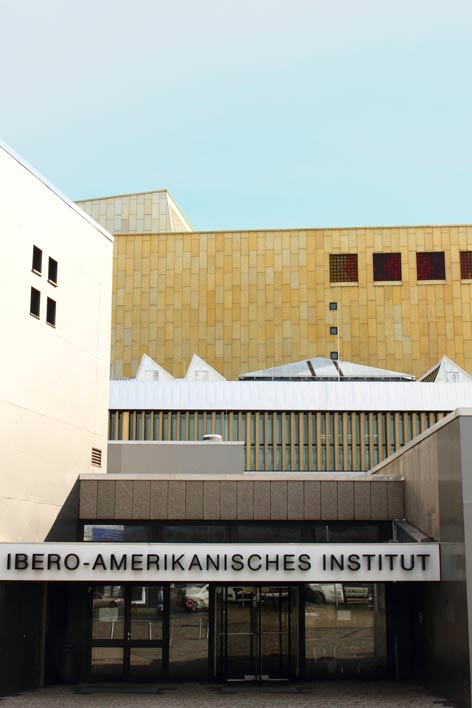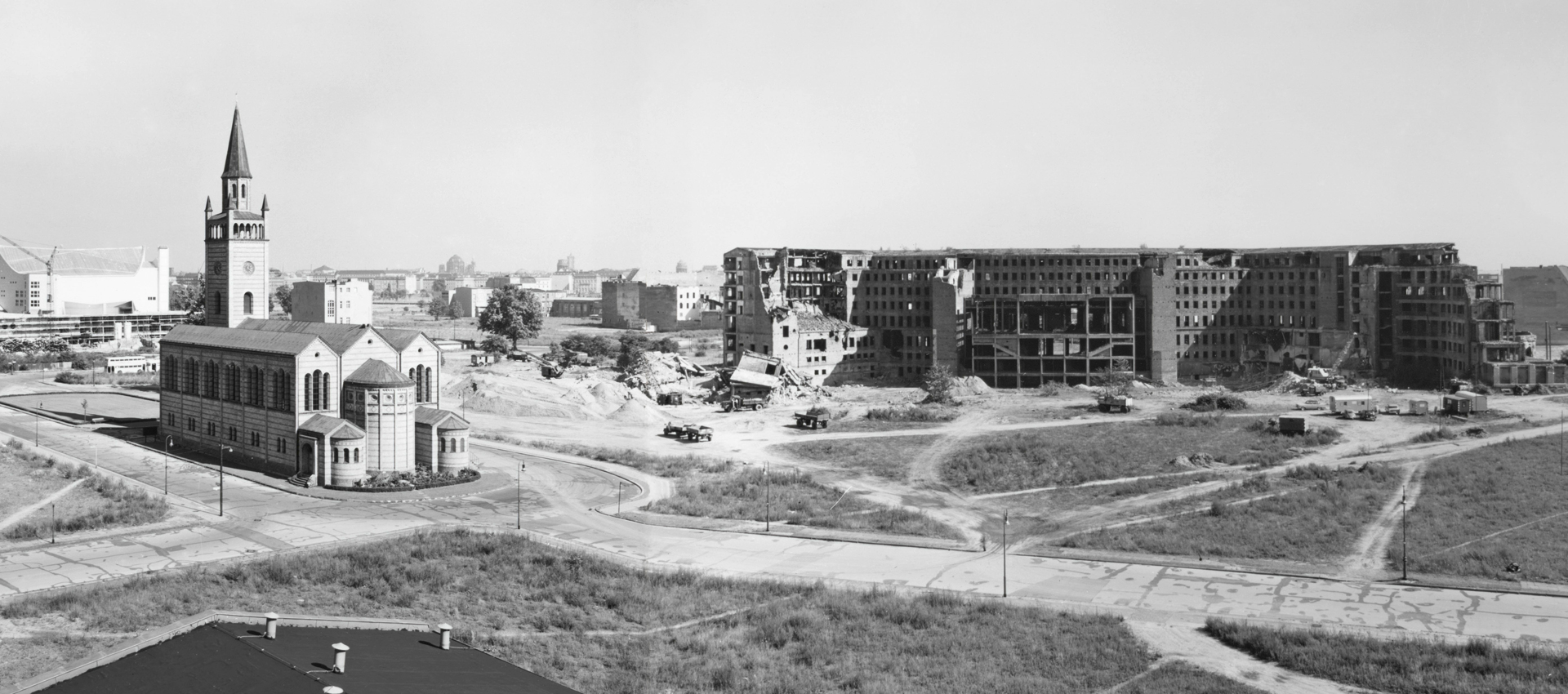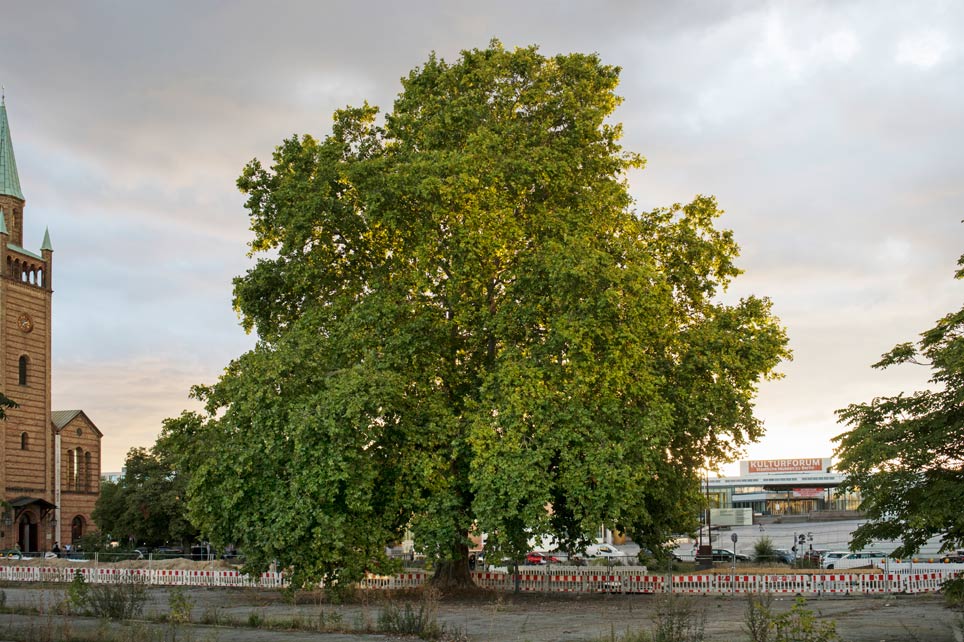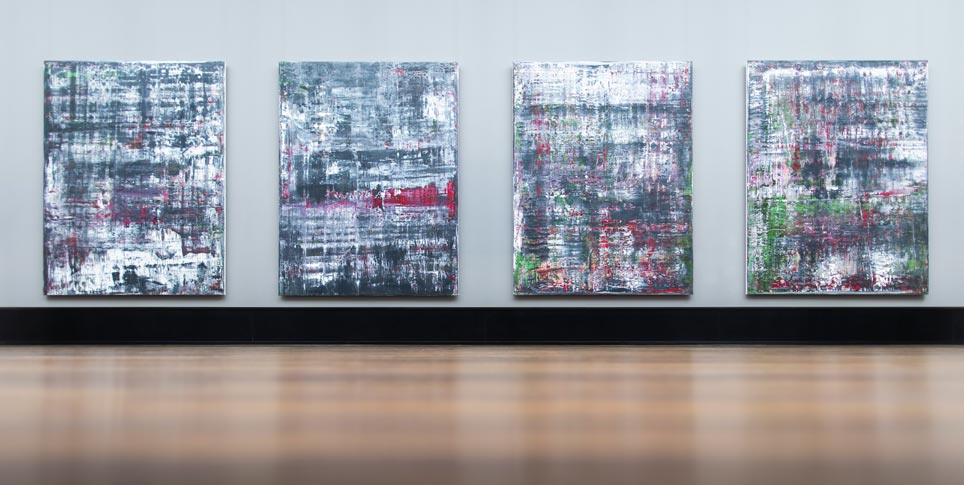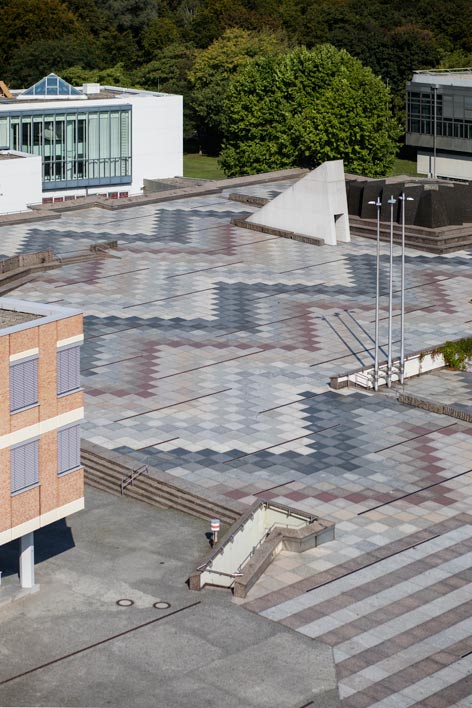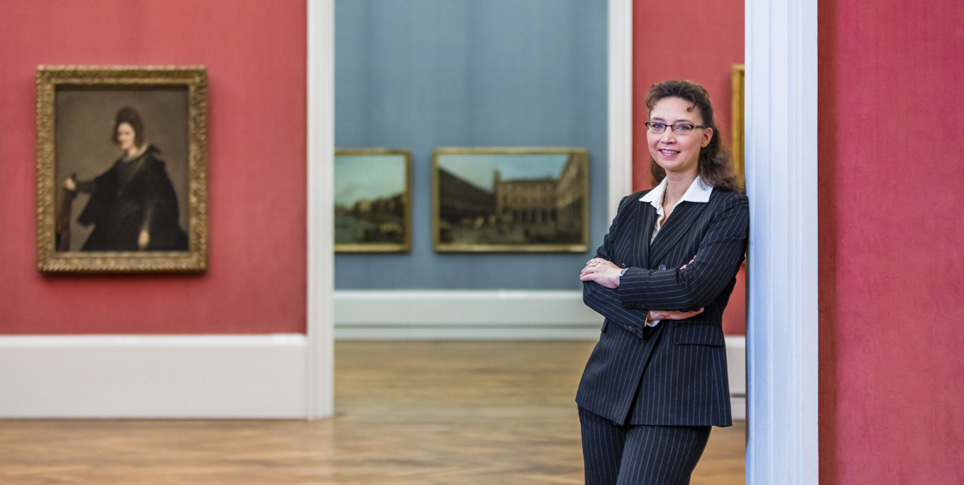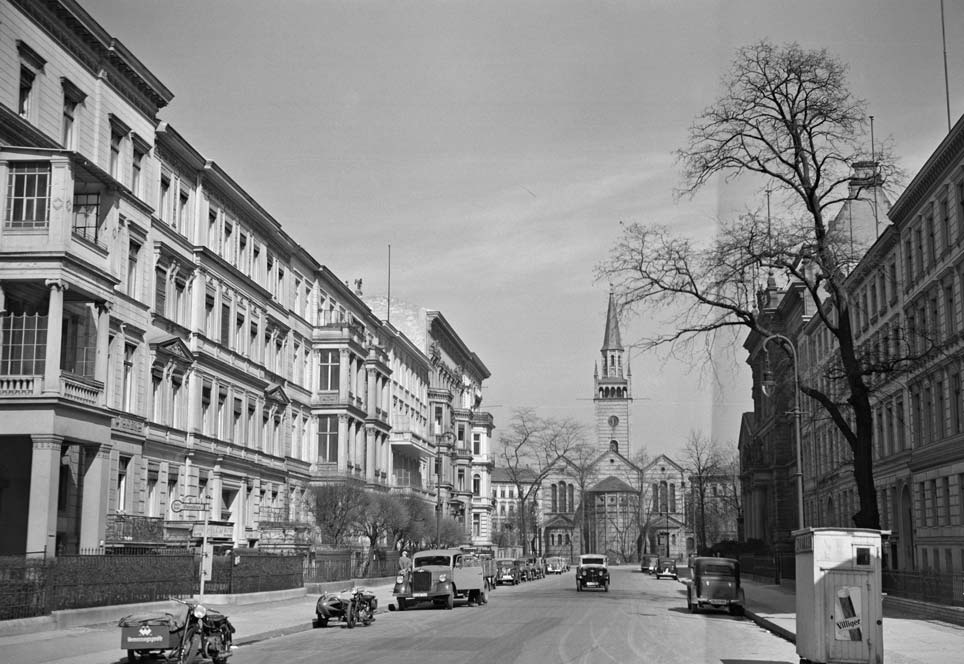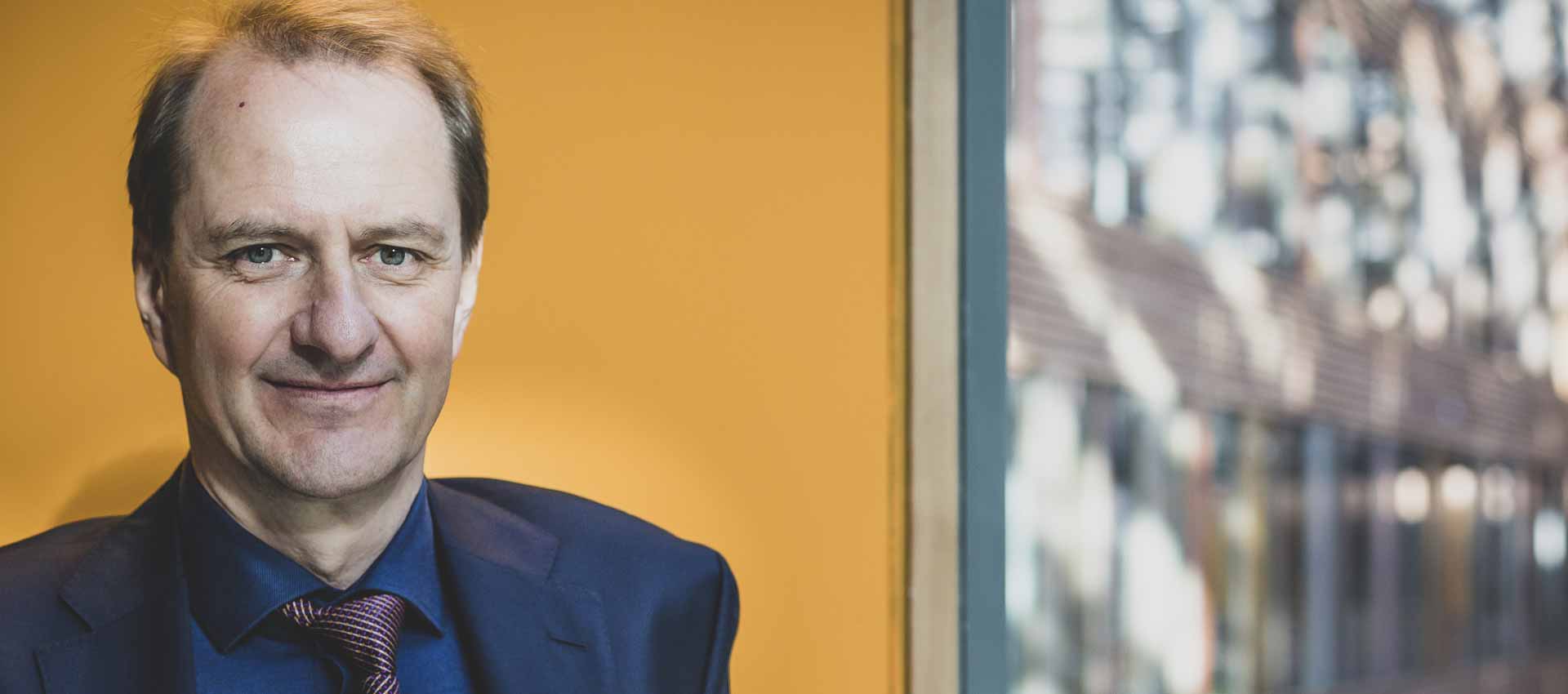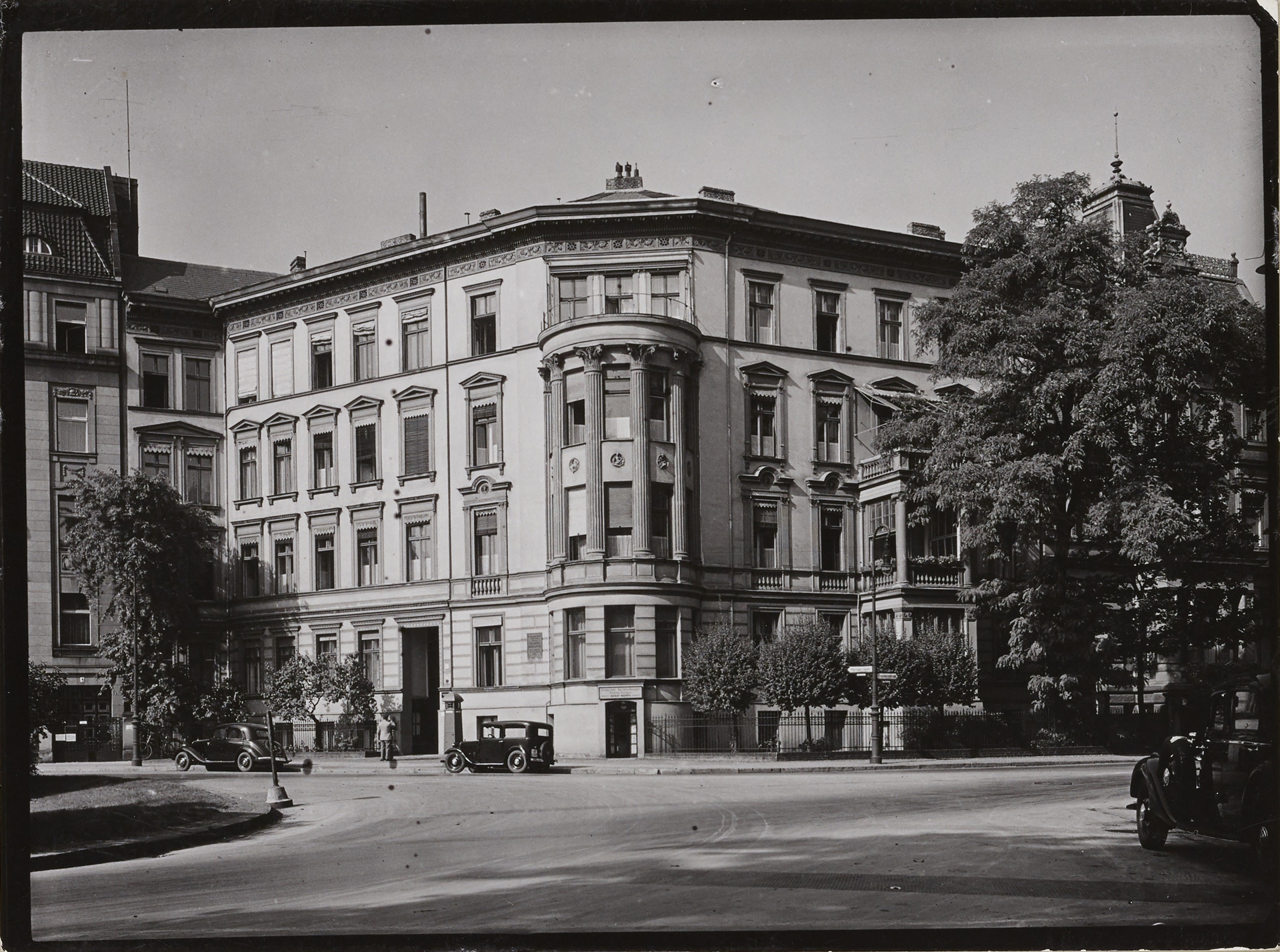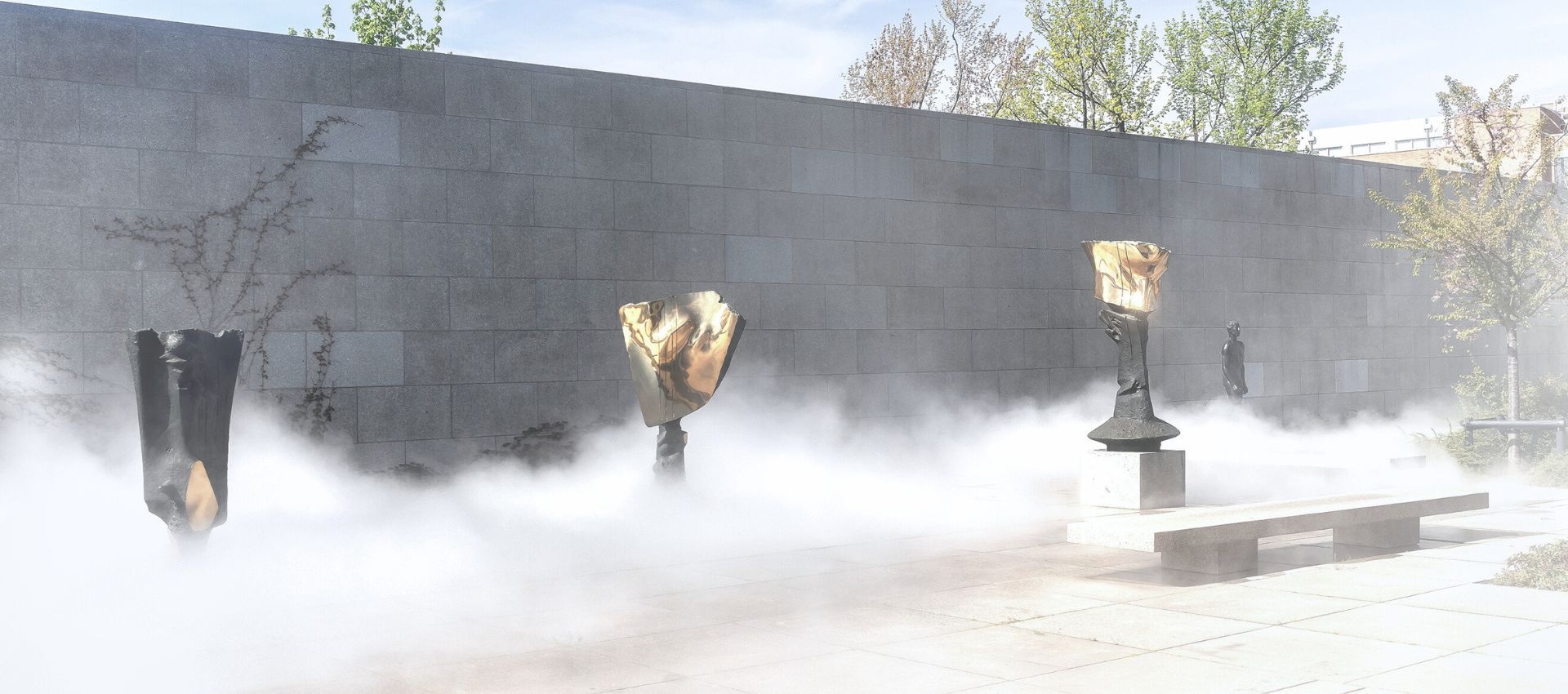Shirt designer Lasse Holger Mitterhusen pays a visit to fashion curator Katrin Lindemann at the Kunstgewerbemuseum to discuss how styles have changed for the status-conscious male.
He arrives in a sweatshirt, naturally. You wouldn’t expect a racing driver to pull up in a Formula One car either. Lasse Holger Mitterhusen is the creative director of Olymp, a shirt manufacturer based in the German town of Bietigheim-Bissingen. In normal times, men in the button-down world of German business like to be seen in Olymp shirts. They might be businesswear but they’re not boring. During the pandemic, though, the whole country has been turned upside down and the high achievers have gone to seed. That may be a bit of an exaggeration, but Olymp has felt some impact from home workers’ preference for hoodies over dress shirts. They’re not the only ones – many of the more formal fashion brands have experienced the same thing. But Lasse Holger Mitterhusen doesn't let it bother him. He took up his current position over a year ago with the intention of modernizing the shirt. Both the formal and the casual varieties. And since he is on the lookout for inspiration and curious about what's been done in the past, he has joined us for a visit to the Kunstgewerbemuseum (Museum of Decorative Arts).
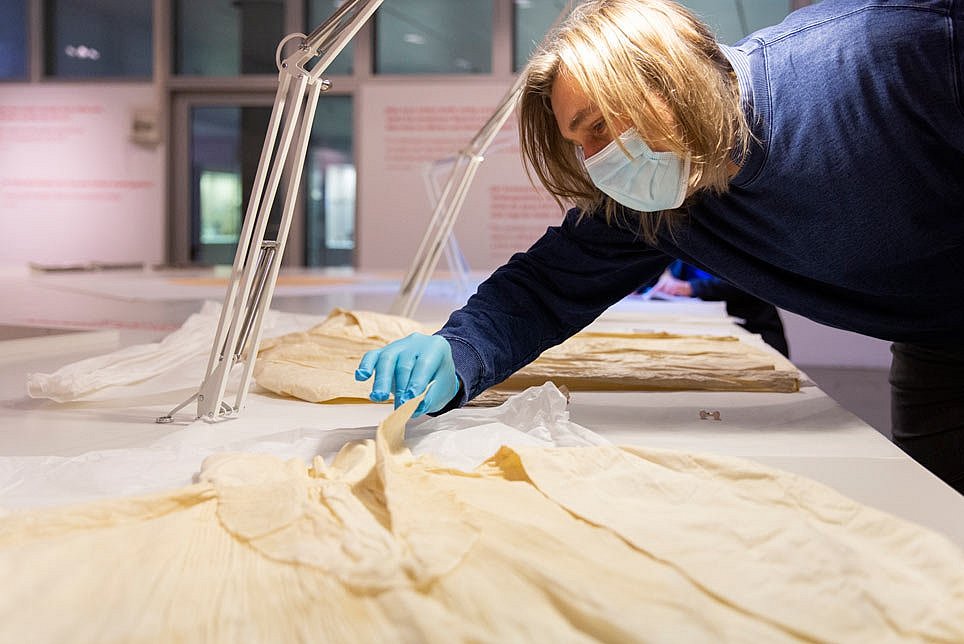
Lasse Holger Mitterhusen in the Kunstgewerbemuseum © Andrea Vollmer
Katrin Lindemann greets him in the museum’s fashion studio. As befits a curator of fashion, textiles and jewelry (her official title), she is dressed entirely in black, with polka dot lace peeking out elegantly from the sleeve of her pullover. She has been looking forward to the visit, and she is not put out when he calls attention to certain gaps in the collections when it comes to men's fashion. "Men's shirts really aren't the focus of my research," she laughs. That isn't surprising. After all, there is certainly more going on in women's fashion. She has placed some gray cardboard boxes on the white tables, and the wrapping tissue makes a rustling noise as she removes the contents of one of them. It's an ivory-colored linen shirt from France, made in the year 1815.
Curator and designer immediately begin discussing jabot and turn-down collars and the question of when the first button-front shirts appeared. And how long German shirt-wearers had to look with envy at French noblemen before they got into the business themselves and created their own styles. Lasse Holger Mitterhusen would like to give his shirts a more decorative flair, yet he knows that men like their clothing to be comfortable and practical, with no ironing needed. As for color – that is subject to passing trends. "Can I lift up the sleeves?" he asks. "What did these men look like in the nineteenth century? Square with really thin little arms?" Lindemann explains that dandies wore corsets, and the pristine white shirt was a sign of belonging to the upper classes. And what about our modern dandies, what do they wear? A linen shirt with a laid-back jacket; polo shirts and pull-on styles? New collar shapes? Something like that, as it turns out. The necktie has been in decline ever since Daimler CEO Dieter Zetsche began appearing at official events without it some years ago. Lindemann is well-versed in today's shirt industry: "body fit, Level Five, extra-long sleeve. Sound familiar?" These are terms that a shirt-wearer has to know.
When the two of them move to the other side of the table, they enter a different world. Mitterhusen looks at another piece of clothing, and his eyes light up. Shirts by Matsuda. In the late 1980s, Mitterhusen was a big fan and used to ride to Stuttgart Central Station on his moped just to buy the latest issue of the Italian fashion magazine Collezioni and read about Matsuda’s shows. Anyone who knew anything about fashion was deconstructing clothes, Japanese-style, back then. The patterns, the collars and the details of the workmanship all fascinated Mitterhusen as a young man. He was just finishing secondary school when a lady at the employment office in Heilbronn suggested he pursue fashion. "Then I studied fashion design and first had to learn what it means to 'cut on the fold'. Do you know what that means?" Lindemann nods: "Of course, I trained as a dressmaker." And then the conversation turns back to the polygonal buttons and shoulder pads used by Matsuda.
They both wish there were time to rummage around in the boxes for several more hours, and Mitterhusen will later say that his visit to the Kunstgewerbemuseum was like a day on vacation. But why would you actually want to look at fashion in a museum? It's simple, says Lindemann. Because fashion is about inspiration. Because clothes really do make the man. And because a few millimeters here or there in the shape of a collar can make a big difference. And where do designers find inspiration when they aren’t in a museum? "Recently, I listened to an age-old song from Frank Sinatra. An adaptation of a Gershwin piece. It took me back to the streets of Santa Monica right away." It will be interesting to see how that shows up in his shirts. Then the two head to the fashion gallery of the Kunstgewerbemuseum. There, they are reminded that a man of the rococo period had to wear a little silver jacket that practically jingled in order to hold his own against the elegant gowns of the ladies. And they have to agree: those days are gone, never to return.
